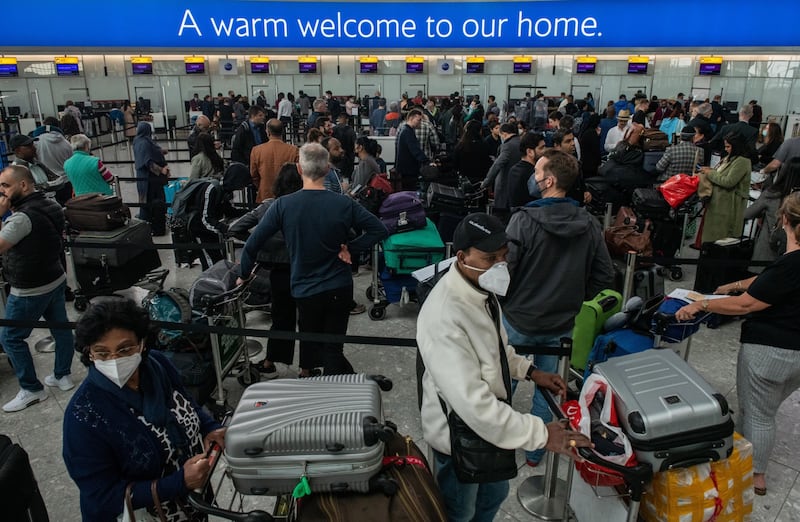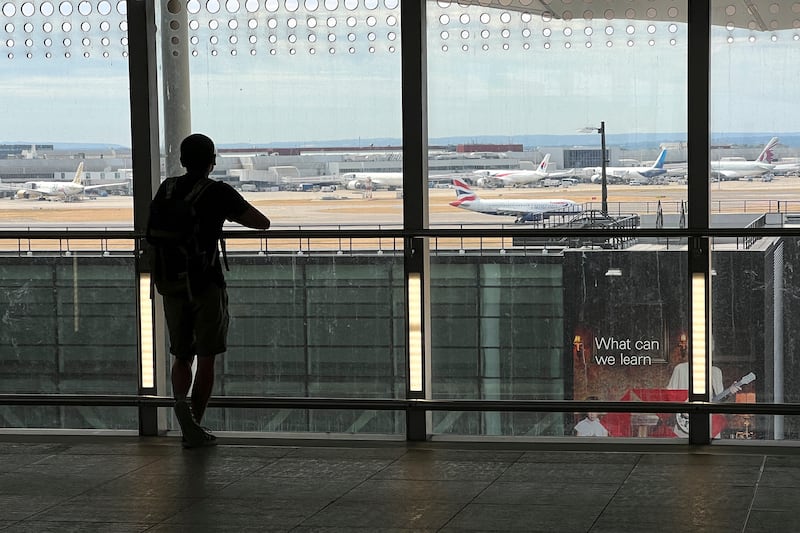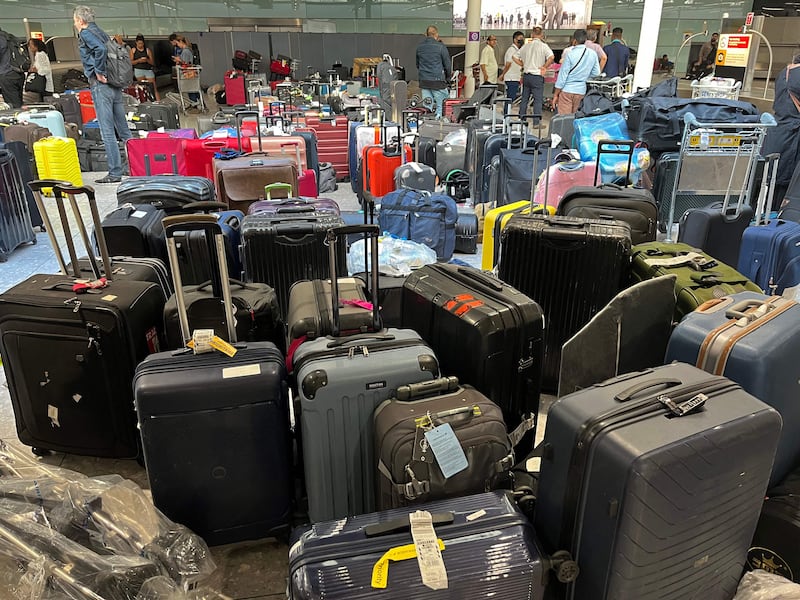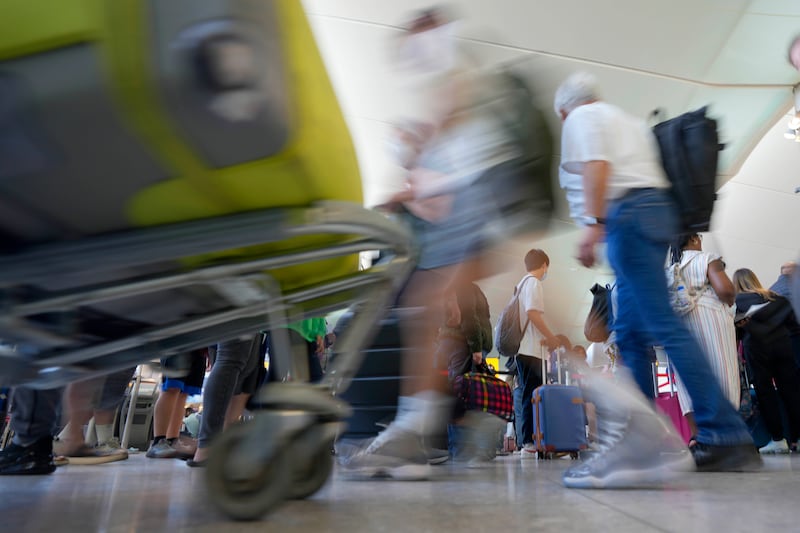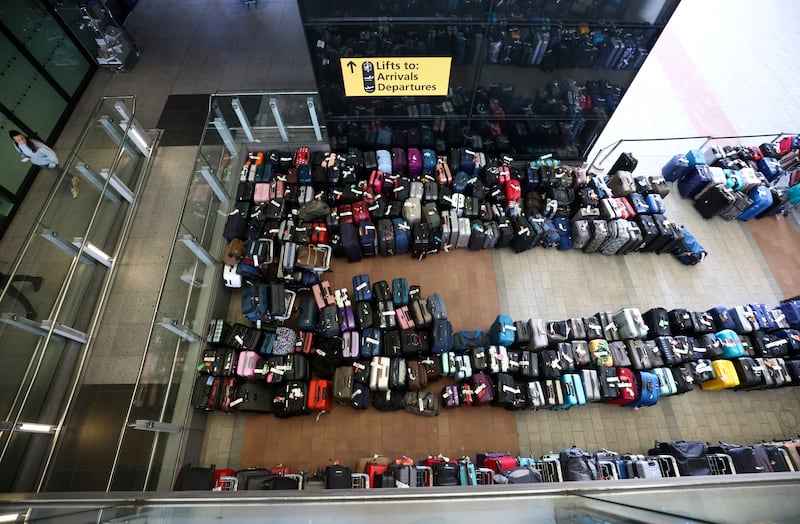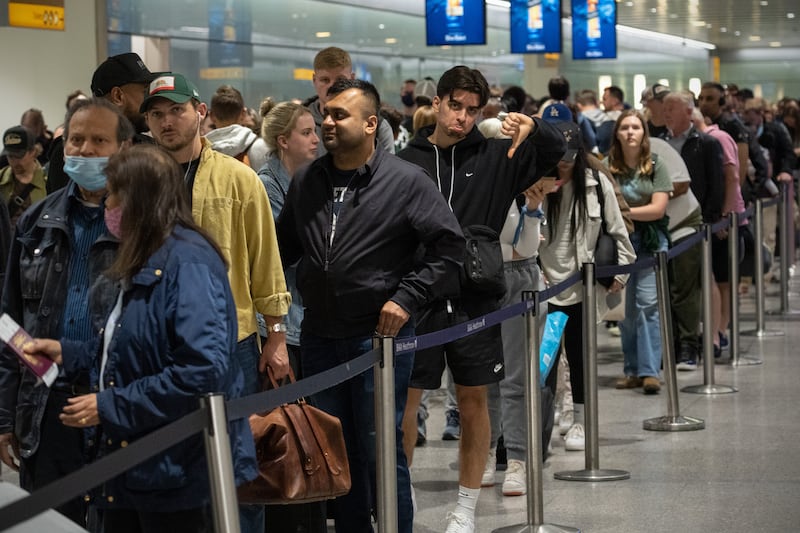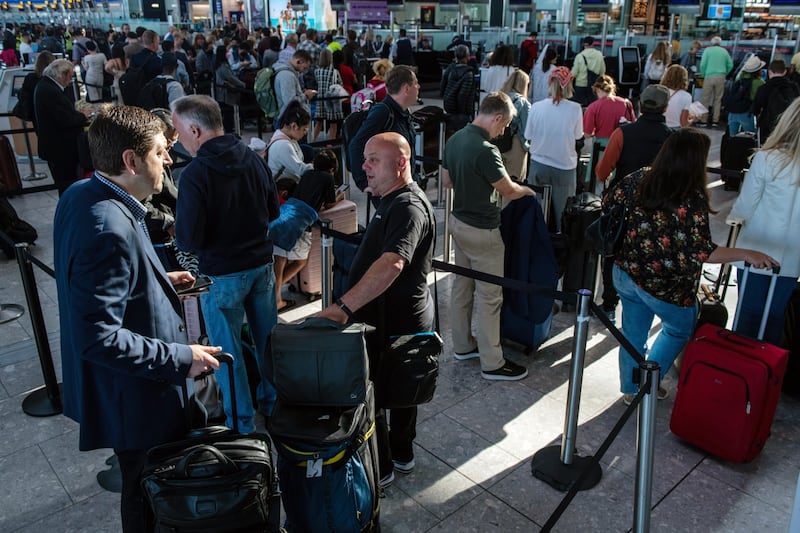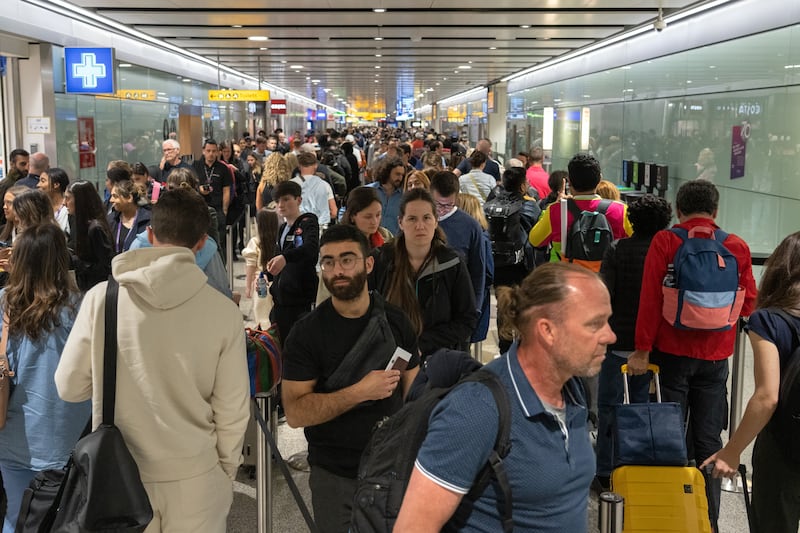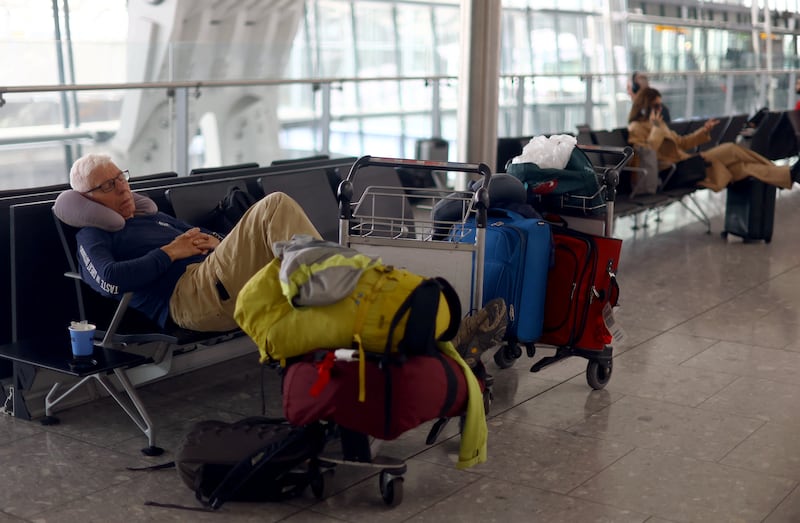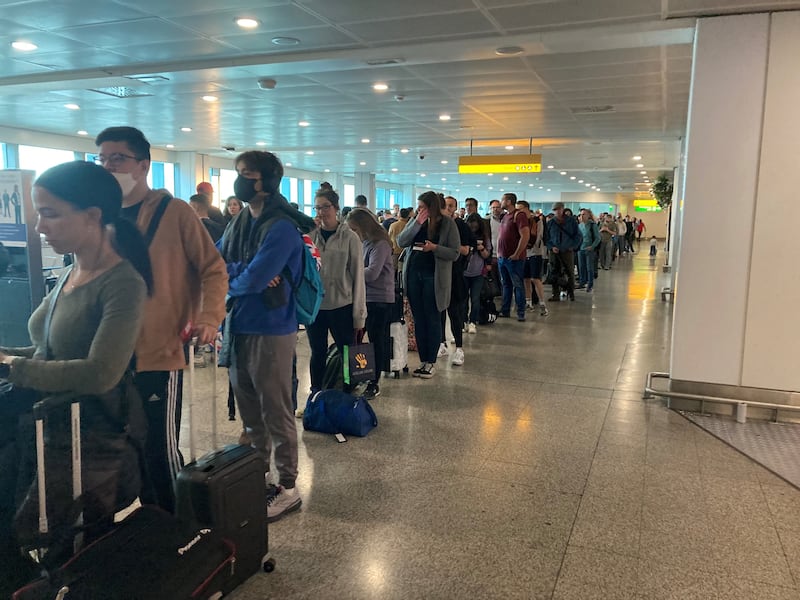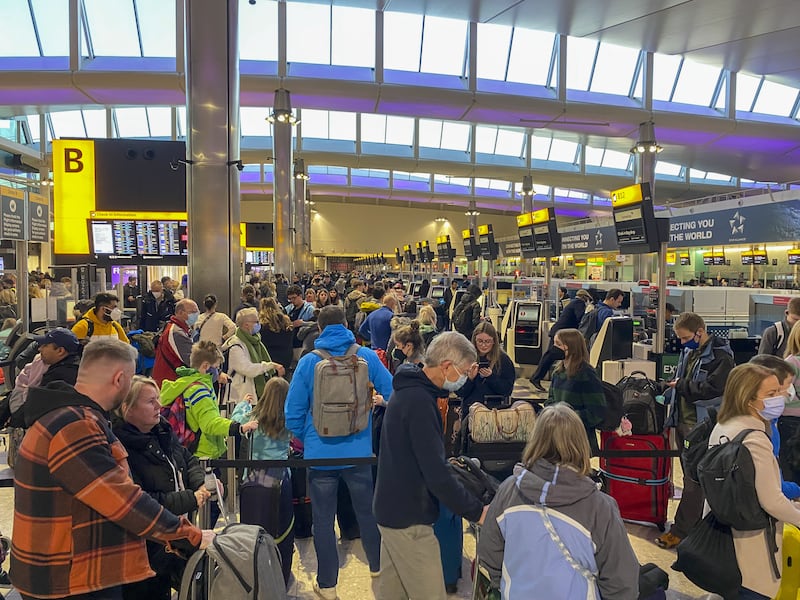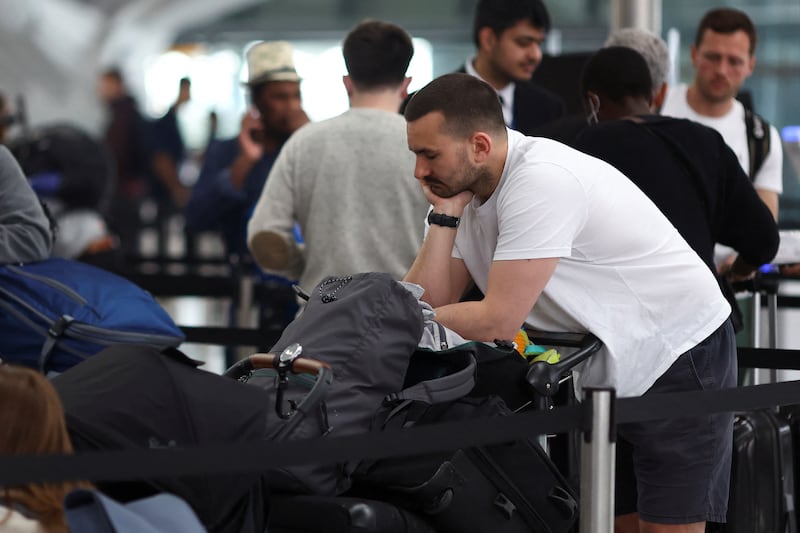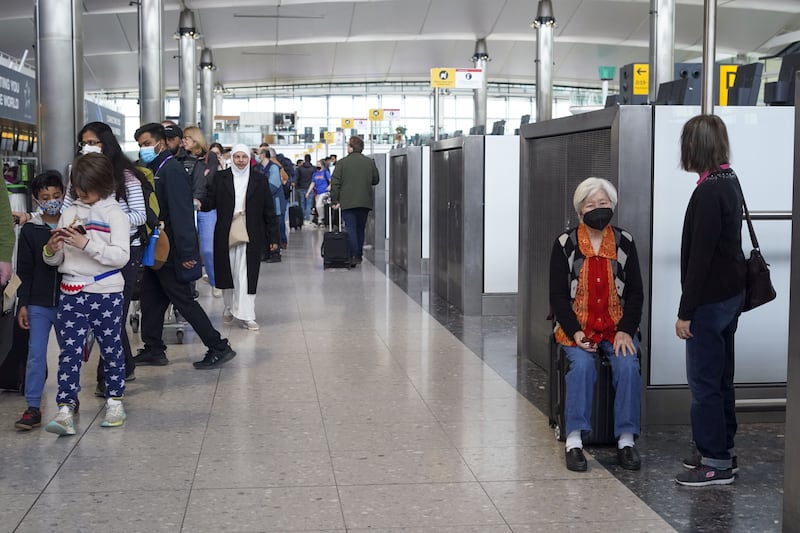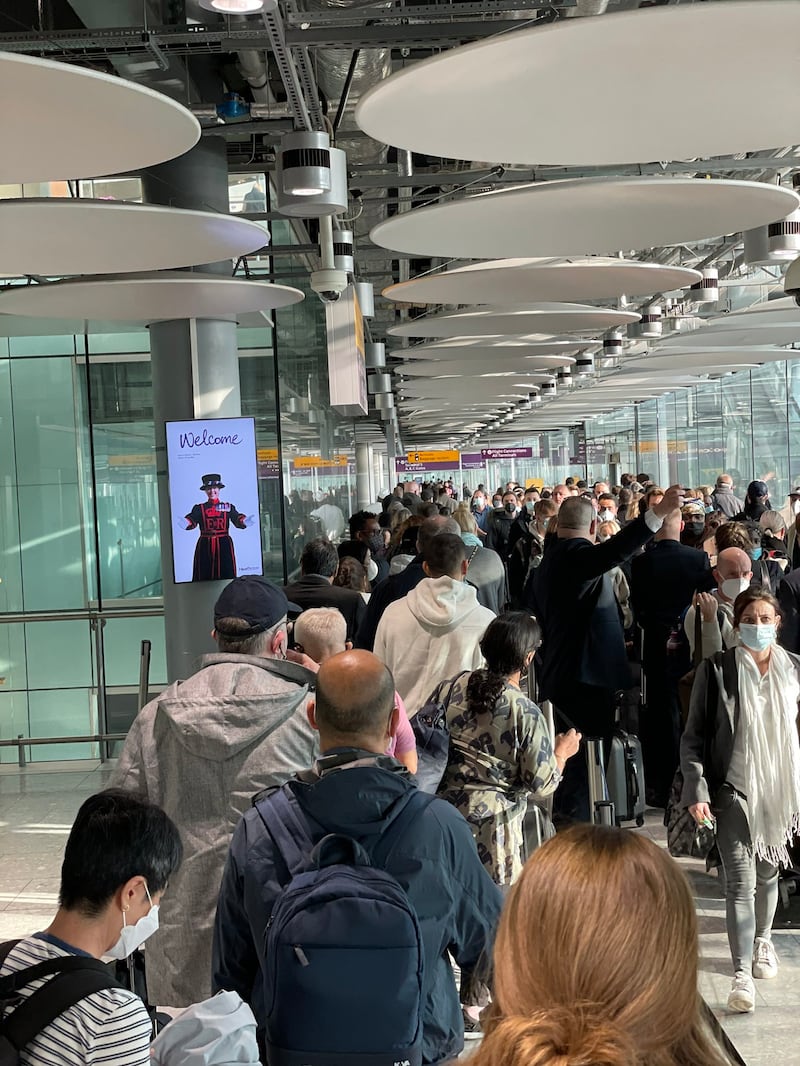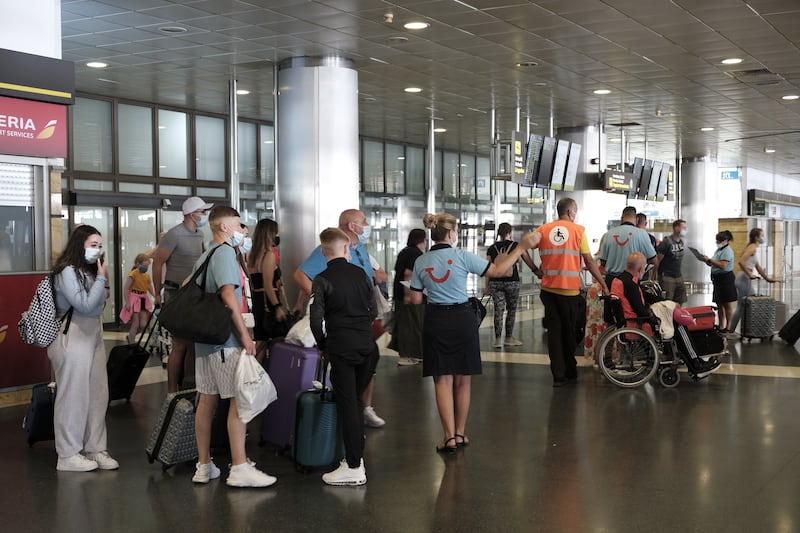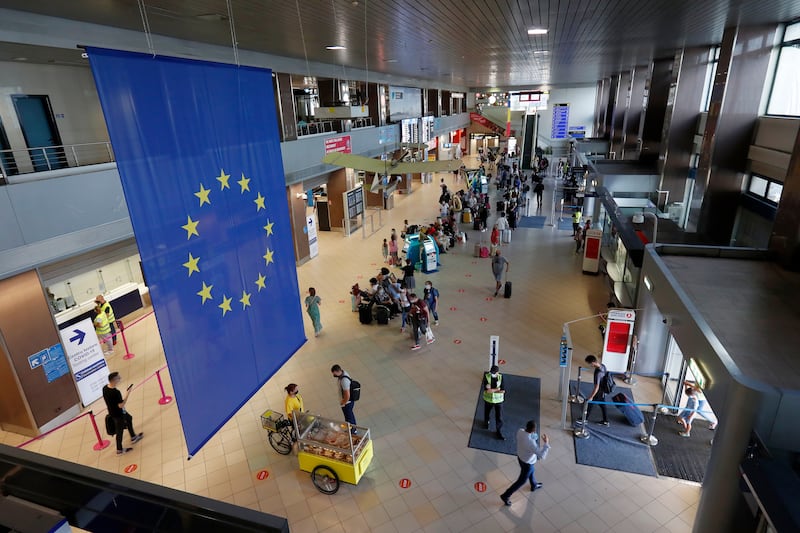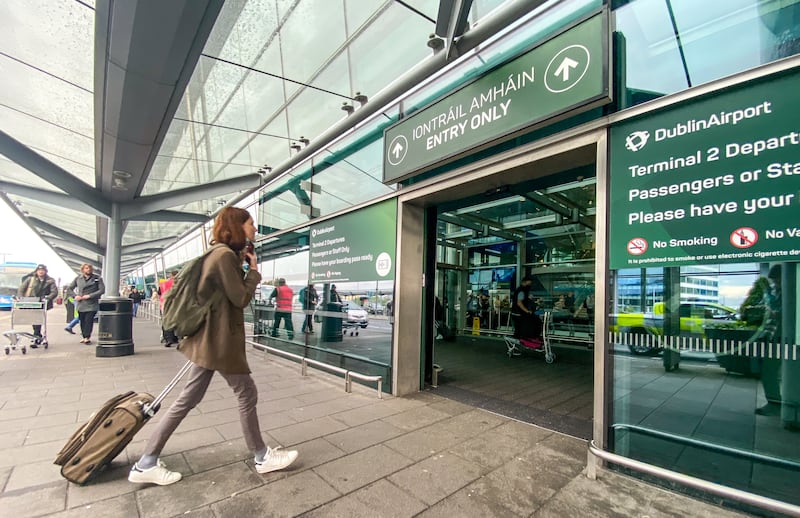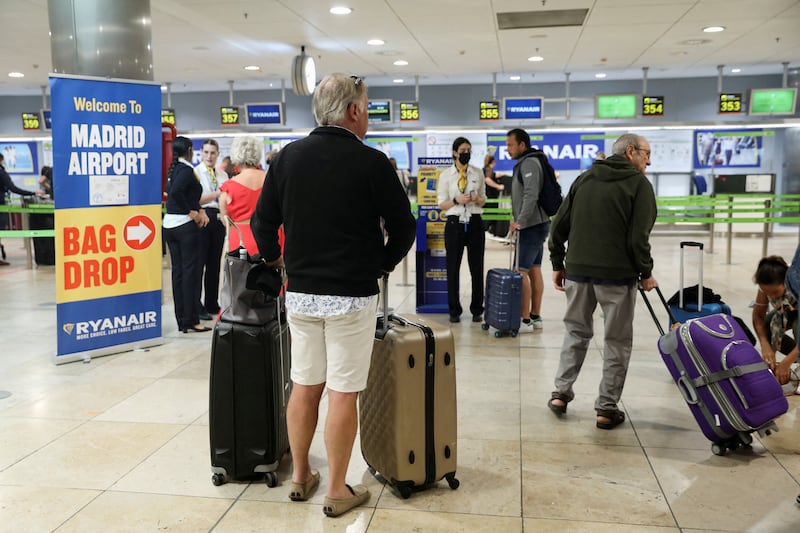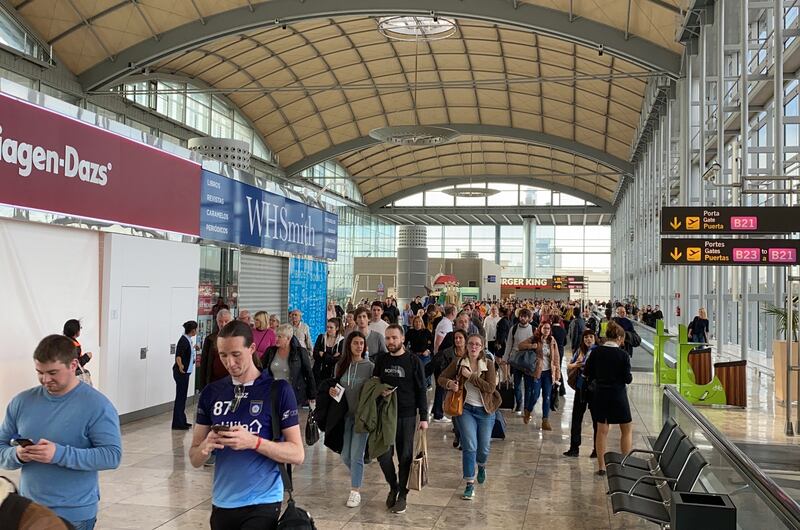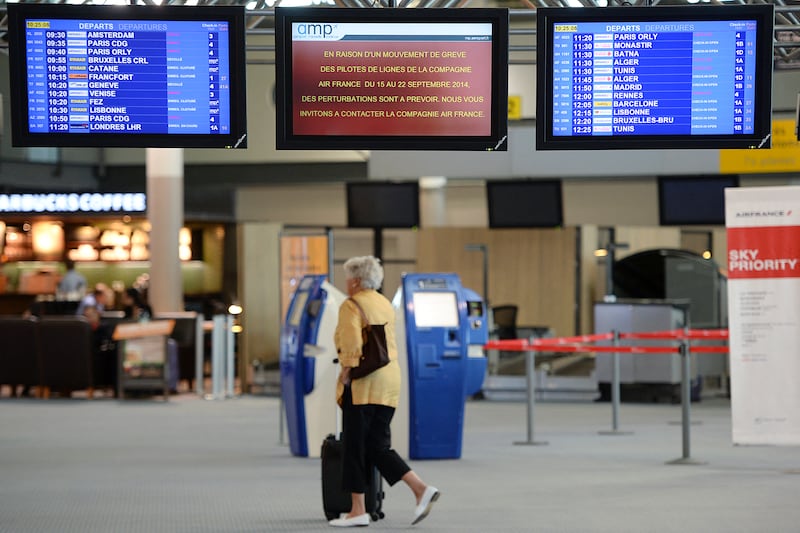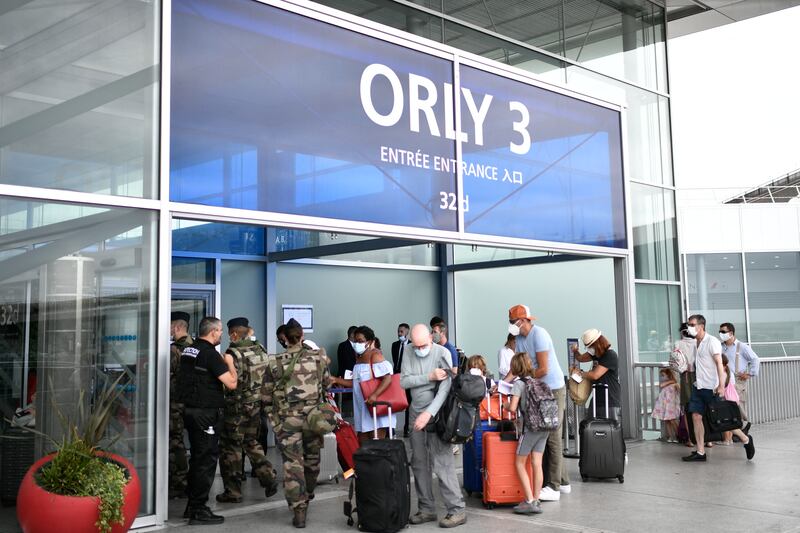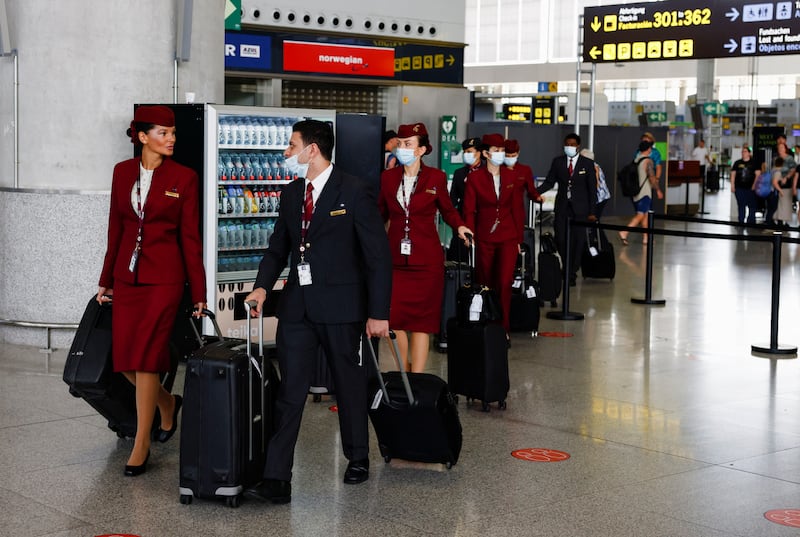The summer of travel chaos continues as passengers face lengthy delays, cancelled flights and lost luggage at airports around the world.
With demand back to pre-pandemic levels in many destinations, the aviation industry is struggling to cope thanks largely to critical staff shortages at airlines, airports and ground-handling companies.
London Heathrow has been among the worst affected and malfunctioning baggage handling systems added to the mayhem earlier this week.
Scroll the gallery above to see the airport chaos as Heathrow
On Thursday, a Delta Air Lines flight carrying only luggage flew out of Europe’s busiest airport after thousands of flights were cancelled and the US carrier had to improvise to reunite passengers with their possessions.
Schipol Airport, Amsterdam, is also battling problems, with thousands of bags left behind as the airport blamed "technical problems".
In response, KLM — the flag carrier of the Netherlands — has banned transfer passengers in Europe from taking checked baggage onto flights.
Iceland Air is also sending two baggage handlers on all flights to the Dutch city to help ensure operations run smoothly.
However, it's not only a European issue. In the US, nearly 220,000 bags were “mishandled” by airlines in April, according to the most recent data published by the US Department of Transportation.
While most of these problems are out of travellers’ hands, there are some steps you can take to try to avoid being separated from your luggage if you’re travelling.
The best option is to fly with carry-on luggage only — see The National’s top tips on how to make this work here.
If that’s not possible, follow the tips below, then cross your fingers and hope that wherever you’re jetting off to, your bag makes it there with you.
1. Fly with distinctive luggage
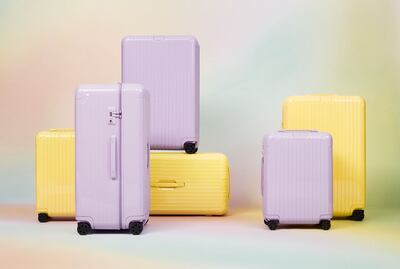
Avoid checking in nondescript suitcases and try not to travel with a black one. While it’s a classic colour and hides wear and tear, it’s also the most common, meaning other travellers or ground staff are more likely to mistake it for someone else’s case.
If your baggage does go missing, you’ll have to fill in a form describing what it looks like. Writing "black medium-sized suitcase" is not going to help narrow things down. Opt for something brighter and distinctive you can easily describe if required.
It also pays to avoid irregularly shaped baggage, which doesn’t fit easily on the carousel, as well as backpacks with lots of loose straps, which could get caught on something as it is moved around.
2. Use an Apple AirTag or another tracking device

Priced around $30, Apple’s AirTags are the newest way to help track luggage when flying, with the Bluetooth devices easily slipped into any bag.
If your luggage goes missing, use your iPhone to decipher its location. If you’re close enough, you’ll be able to get precise directions to its location, which you can also share with ground staff to help them find it.
If you’re further away, you’ll still be able to see where your luggage is. The device is tracked anytime it pings near a nearby Apple device, which can be anyone’s iPhone or iPad. If it’s somewhere with no devices nearby, you’ll see the last location so you'll know which country or airport it was last spotted in, all important information that can help you recover your stuff.
If you don't use an iPhone, there are similar devices available for Android smartphones such as Samsung’s SmartTag.
3. Remove old baggage tags
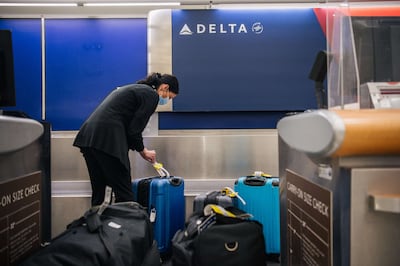
Baggage tags from old flights should always be removed to avoid confusion when luggage is being loaded onto a plane. These tags contain critical information such as destination airport codes, codes for connecting airports and a bar code that's used for real-time tracking information.
Overworked baggage handlers could easily end up loading your bag on a flight going elsewhere if there’s conflicting information on the tags on your bag.
Counter staff at check-in desks will typically remove these tags for you, but you can help out by doing it before you travel. You also have to do this yourself if you’re using automated bag-drop services.
Make sure you have your own tag — the brighter, the better — on your bag in case the airline's gets damaged. On the luggage tag, write your name, address at your destination, email and a phone number where you can be reached while travelling.
4. Book direct flights and avoid tight layovers
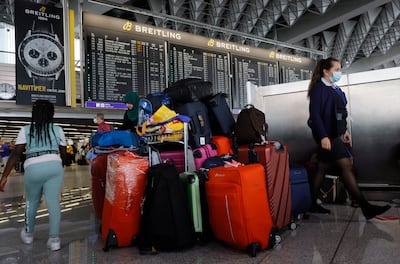
Taking a direct, non-stop flight reduces the chances of your bag going missing.
According to ClaimCompass, a platform helping people seek compensation from airlines for disrupted travel, loading errors account for about 19 per cent of delayed bags.
Itineraries including connections increase the likelihood of luggage being delayed or lost as they invite more opportunities for human or technical error.
If a connection is necessary, give yourself and your bag plenty of time. If you’re collecting the bag yourself, you’ll need time to get to the baggage carousel, wait for your luggage and then take it to the check-in desk where there will likely be queues.
If your airline is transporting bags directly to your final destination it doesn’t mean it goes on a separate flight. Instead, your bag will change planes when you do. Even if you think you can whizz through an airport in 30 minutes to catch a tight connection, it's very unlikely your bags will be able to do the same.
5. Sharing is caring

This summer, it pays to subscribe to the "what if" school of thought, which means being prepared to still enjoy your trip if your bag doesn’t arrive. Some forward planning can make this easier.
If you’re travelling with others, consider putting half of your stuff into their bag and vice versa. That way, if one bag goes missing, you’ll each still have some of your belongings with you.
Solo travellers need to make the most of carry-on allowances. Pack enough clothes for the first day or two and essentials like hairbrushes, toothbrushes and phone chargers — just be sure to keep liquids under the 100ml mark to avoid any issues at security.
6. Consider travel insurance
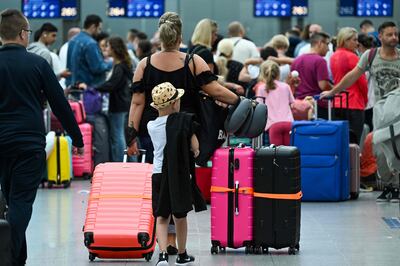
Insurance marketplace Policybazaar.ae has seen a 150 per cent increase in the sale of travel insurance policies in the second quarter of 2022 compared to the first. This is one trend you might want to get in on.
Many insurance policies will reimburse for emergency expenses if you arrive in a destination with no luggage and need to buy essentials. Others will also pay if bags arrive damaged, or don’t arrive at all.
Shop around for the best deals and if you’re planning to travel more than once or twice in a year, it typically works out better to pay for an annual policy covering multiple trips.
Be cautious before you buy as many insurance policies have lots of get-out clauses. Do your research and read the fine print. If you don't have insurance, you may be able to get some money back from your airline as they are required to compensate passengers for reasonable, verifiable expenses incurred when bags go missing.
If this happens to you, keep any receipts to support your claim but be aware getting money from airlines can be a long, slow process.
Scroll through the gallery below to see the the 10 best airports in Europe with least delays – in pictures:
